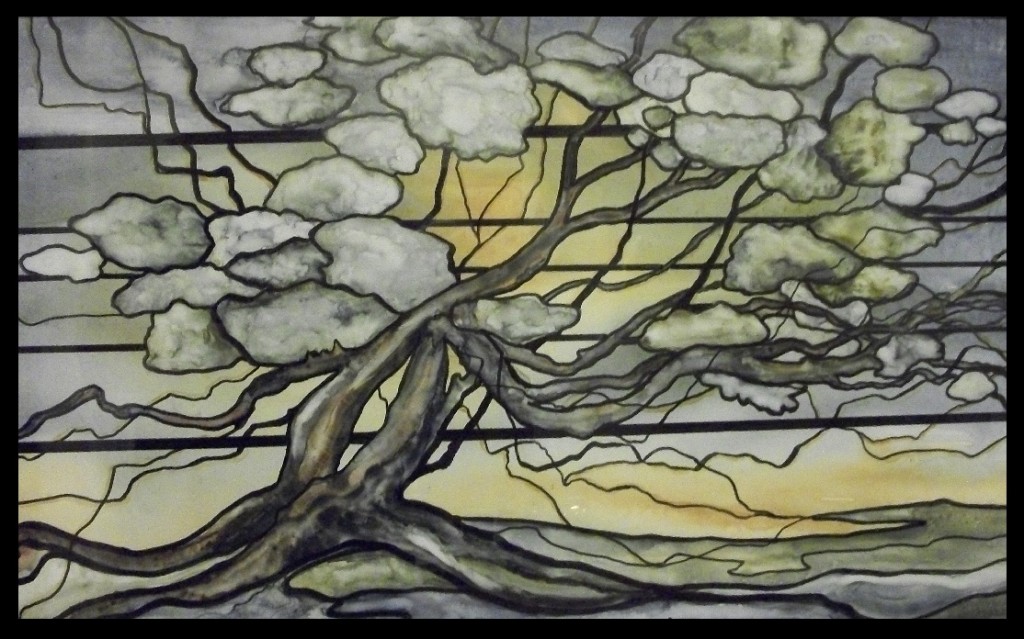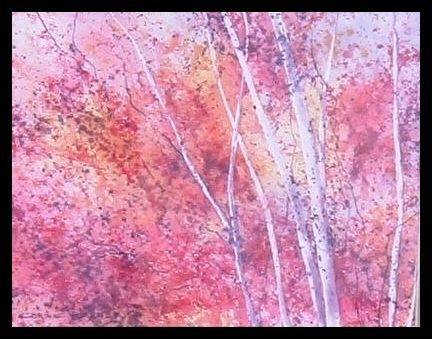In Sanskrit, “Vriksha” means tree. For much of the history of mankind, the tree has been revered as a sacred symbol. When you look back at the ancient civilizations we find that the Sumerians saw the tree as a temple, a bond between heaven and earth. The ancient Chinese believed that the tree held the souls of the Gods. When the Egyptian God, Ra appeared each morning, He did so between two turquoise colored sycamore trees. For the native Indians of California, the Yana’s believed that they originated from the tree. One tree the West is familiar with is the Oak tree.

The oak tree has great significance for many cultures and people. Socrates is thought to have sworn by the oak as a sacred oracle tree. The Greek poet Homer reported that rulers made their agreements by oak trees because it would influence the destiny of their people. Even Christians in Europe would nestle statues of the Virgin Mary in the hollows of oak trees.
A thread that seems to be common with all cultures around the world is this idea that a tree assists one to rise above the world, above self importance, pride and worldliness. It gives us a new perspective on our life and leads us to a more divine altitude. We can begin a dialogue with ourselves as we begin to understand ourselves and others in our world.
In yoga philosophy the forest in ancient times as is now symbolizes a pristine world of simplicity and contemplation without the complication of material possessions. In Sanskrit it is known as tapovan or “forest of austerity.”
One of the qualities that are necessary for success in yoga is “being more humble than a blade of grass, more tolerant than a tree, giving all honor to others, and not to want any honor for oneself.” Sri Chaitanya
“The tree pose is a posture in which we imbue body, mind and breath with the qualities of generosity, tolerance, strength, and balance.” (Myths of the Asanas 169)
Both of the water color tree pictures are originals painted by one of our students, Corinne Barker. Thank you Corinne for these beautiful paintings!




